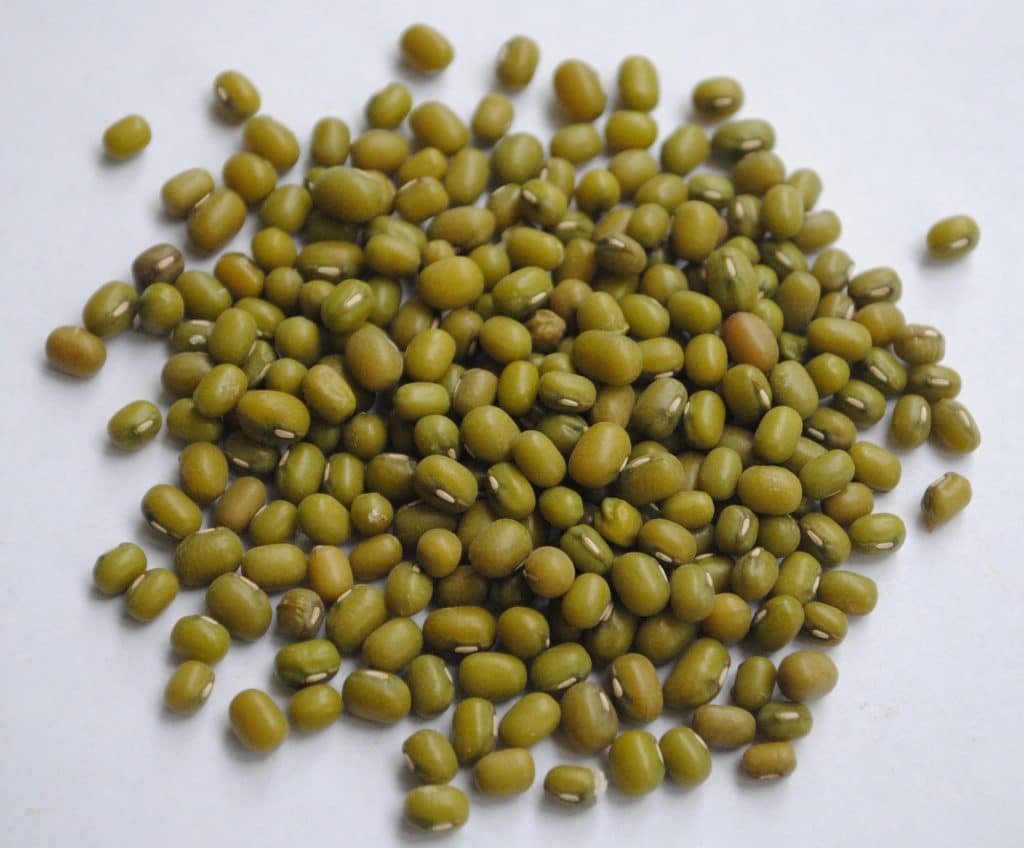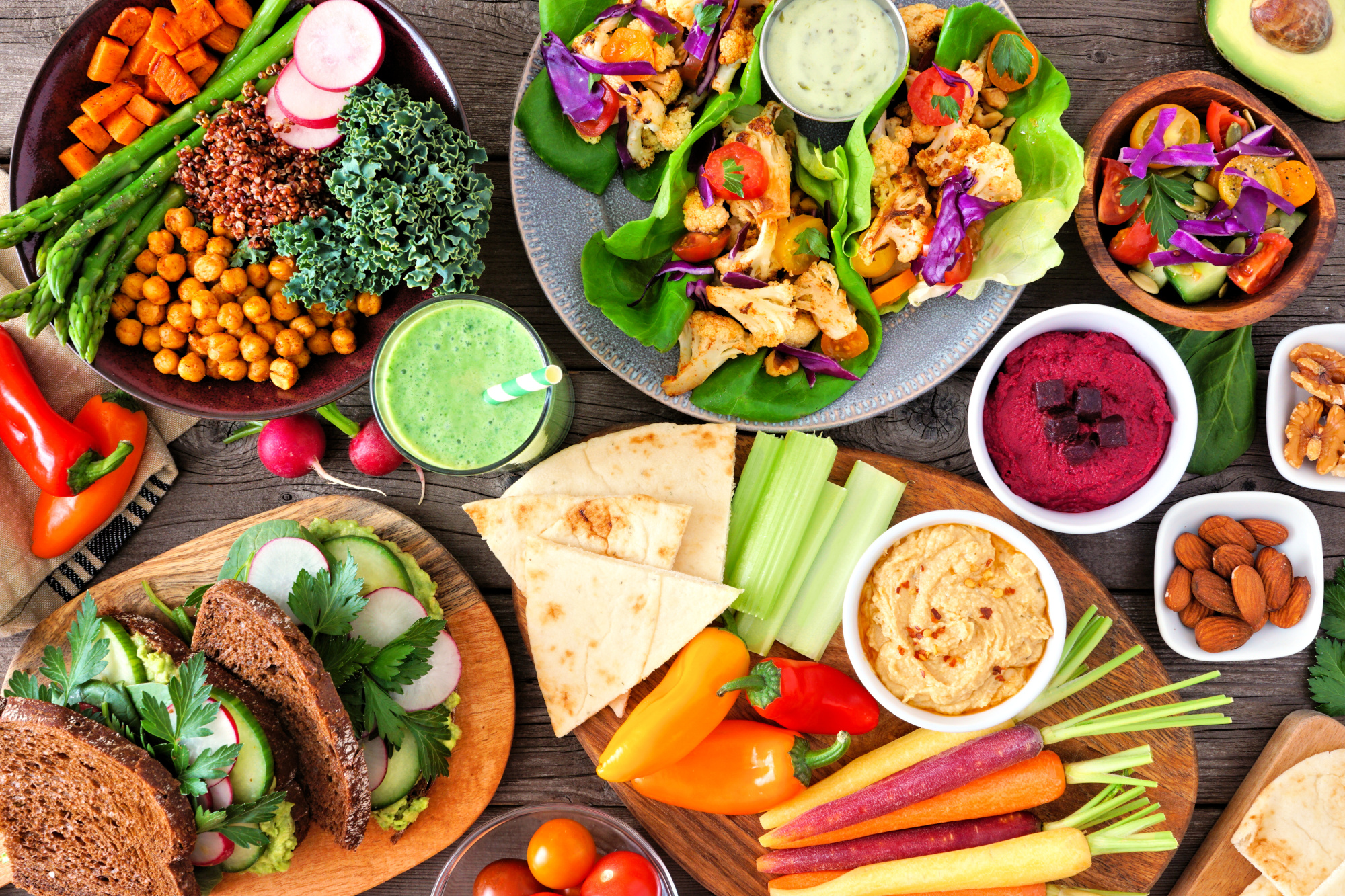Maximise soya product sales by addressing ingredient concerns
The story of soya is one of great success. The humble bean can be processed into an array of high-protein ingredients that can be used to create delicious and nutritious foods that look, taste, feel, and smell like traditional animal-based meat and dairy products.
Essentially, there are three options for processing defatted and dehulled soya into high-protein ingredients – turning the beans into soya-protein concentrates, soya-flour, and soya-protein isolates.
Currently the most developed plant-based protein segment, the soya-protein ingredients market was worth an estimated US$7.7 billion in 2022. It is projected to reach US$10.8 billion by 2027, with a significant compound annual growth rate (CAGR) of 7%.1

Demand for soya products is skyrocketing in the food and animal-feed industries, owing to soya’s health benefits, functional properties, and increasing accessibility. According to research by Innova Market Insights, between October 2021 and September 2022, 21.24% of new meat-substitute product launches tracked globally contained soya-protein. 2 Through the period, soya experienced a high CAGR of +15.2%.3
While soya has seen many victories and is predicted to experience more, the mighty bean is on the receiving end of some negative information, leading to a growing number of consumers avoiding products that contain soya ingredients.
Read on to find out what puts some consumers off the protein source and what to do to keep up product sales.
Common misconceptions on soya
1. ‘Soya is bad for the environment’

A big consumer misconception is that the cultivation of soya-beans leads to deforestation. “In Scandinavia and the UK, people have become very antagonistic towards soya,” says protein expert Henk Hoogenkamp. “They see the soya industry as depleting the rainforest.”4
However, the main reason for Amazon clearing is for cattle grazing, as well as for soya-bean crops grown for animal feed. A massive 77% of the soya produced worldwide is used to fatten animals for the meat industry, while only 7% of all soya produced is used for typical soya foods.5
Grown on a much smaller scale, soya-beans for human foods do not cause the same scale of deforestation. By sourcing soya-beans from sustainably cultivated European crops that do not encourage deforestation, you can help to steer consumers away from the misconception that soya-based foods harm the environment.
2. ‘Soya is bad for health‘

Health is a hot topic in the plant-based food scene. Often, new consumers to the space are concerned about whether processed plant-foods are healthy or not. This is worsened by the fact that many consumer opinions of soya are formed on health-related issues that people close to them have, like allergies.
It’s important to communicate that, while soya allergies are real (and consumers with soya allergies should avoid soya foods!), unless you have a soya allergy or intolerance, you should not experience any negative side effects from eating it (research shows that the prevalence of soya allergies is actually very low compared to other allergens).
In fact, when consumed as part of a balanced diet, soya can be great for health, being high in both protein and fibre. Soya-beans are also low in fat, good for heart health, contain all nine essential amino acids (which makes soya a complete protein), and are highly digestible. When it comes to the protein quality of different foods measured by the PDCAAS (Protein Digestibility Corrected Amino Acid Score), soya-protein is equivalent to egg, milk, casein, and whey-proteins.6 7
Data backs up health claims, with scientists finding that soya is rich in isoflavones and nutrients, including B vitamins, potassium, and magnesium, and can provide many health benefits when eaten in place of red meat.8 Plus, soya-protein, high in fibre, has the ability to help consumers feel ‘full’, appealing to those who are concerned about weight control. Currently, satiety is the second most desirable attribute for functional foods9 10 (functional foods being those that provide more than simple nutrition; they supply additional physiological benefits to the consumer,11 like energy, cell-damage reduction, and satiety).
Promisingly, there are many consumers who view soya-protein as health-boosting – with 70% of participants in a study agreeing with the statement that ‘soya-milk is a healthy food’. 12
Ultimately, it’s important to highlight soya’s health benefits on product packaging and websites. Studies show that consumers regard soya products that are labelled clearly and with healthful claims more positively than those without.13
Highlighting soya’s benefits and making information on the protein accessible, is something that plant-based meat brand, Heura, does very well. Heura’s Regulatory & Nutrition Manager, Jonathan Sliney, explains: “We believe in empowering consumers through information. Whenever we sense concerns regarding our ingredients or manufacturing processes, we clear things up with data-based studies. In the case of soya, we make sure to highlight that studies show how complete, high-biological-value plant-based protein sources are not inferior, but superior to animal-sourced protein.”
3. ‘Soya tastes bad’

Another consumer perception is that soya-beans contribute an unappealing flavour to some products in which they are used. This is due to aldehydes, ketones, furans, and alcohols – substances that are found in soya-beans and impart a ‘beany’, ‘grassy’ taste to their overall flavour profile.
Food manufacturers and scientists working with soya must attain a strong understanding of what ingredient additions are required to neutralise the undesirable ‘beany’ or ‘grassy’ taste of soya ingredients. In some cases, sugar molecules are added to neutralise undesirable flavours.14 Research and development (R&D) into ‘taste’ must be prioritised to produce a stand-out tasting product that consumers will want.
“We are always screening the best protein to achieve outstanding nutritional profiles, as well as organoleptic experiences. Soya-proteins are a great solution in terms of texture, taste, and colour/appearance. We are, however, continuously looking for other alternatives that offer similar properties. This is a very dynamic field and new solutions are developed on a regular basis.”
Since taste is the primary motivator for plant-based food purchases,15 it’s important to use taste-marketing tactics that emphasise the taste benefits of your soya products and alleviate existing ingredient misconceptions.
4. ‘Soya has a “feminising” effect’

Some consumers hold the belief that, because it contains isoflavones (which are chemically similar to oestrogen), soya has a ‘feminising’ effect on the body.
While isoflavones are indeed chemically similar to oestrogen, clinical studies clearly show that the isoflavones contained in soya have no effect on sex hormones in men.
Make sure that you continually highlight the health benefits of soya-protein on your product packaging, as well as on your website to dissolve any consumer concerns related to this myth.
Key takeaways
If using soya in your products:
- Source soya beans from sustainably grown European crops that do not encourage deforestation.
- Highlight on product packaging how your soya was sustainably grown and sourced. If possible, name your soya’s origin to increase your company’s transparency and credibility.
- Go further than counteracting deforestation claims by joining a tree-planting initiative – whereby a tree is planted for each product sold.
- Dedicate enough time during R&D to ensuring that your product is able to offer a delicious experience to consumers. Above all, it must be able to satisfy flexitarian taste expectations.
- Make sure that soya is the best protein to use for your products – ensure that the resulting tastes, colours, and textures are suited to your desired finished product.
- Use your website, social media platform(s), and marketing resources to improve soya’s image and educate consumers on its preparation.
- Highlight the nutritive values and health benefits of soya ingredients on your product packaging and on your brand’s website.
- Utilise taste-based marketing tactics to increase flexitarian sales.
For more insights into the plant-based protein industry, check out parts I, II, and III of the Ingredients Spotlight series. Get business strategy and product support from ProVeg experts by getting in touch at [email protected].
References
- Soya Protein Ingredients Market, (2023). Markets and Markets. Available at: https://www.marketsandmarkets.com/Market-Reports/soy-protein-ingredients-market-857. Accessed 2023-02-02.
- [‘other’ – the ingredient list does not define the type, e.g. hydrolysate or isolate]
- Innova Database: Trends Influencing Plant-Based Ingredients, (2023). Innova Market Insights. Information sent to ProVeg International. Accessed 2023-02-07.
- Pea Protein: The multi-million-pound ingredient that’s driving the vegan boom, (2019). The Grocer. Available at: https://www.thegrocer.co.uk/consumer-trends/pea-protein-the-multi-million-pound-ingredient-thats-driving-the-vegan-boom/597452.article. Accessed 2023-02-07.
- Heura Foods FAQS, (2023). Heura. Available at: https://heurafoods.com/faqs. Accessed 2023-02-21.
- For global soy consumers protein completeness matters, (2020). US Soy. Available at: https://ussoy.org/for-global-soy-consumers-protein-completeness-matters/#_ftn11. Accessed 2023-02-02.
- Hoffman, J.R. and Falvo, Michael J. Protein — Which is Best? J. Sports Sci Med, (2004). Dep. 3(#): 118-130.
- Straight Talk About Soy, (2022). Harvard University. Available at: https://www.hsph.harvard.edu/nutritionsource/soy. Accessed 2023-02-02.
- For global soy consumers protein completeness matters, (2020). US Soy. Available at: https://ussoy.org/for-global-soy-consumers-protein-completeness-matters/#_ftn11. Accessed 2023-02-02.
- HealthFocus, USA Consumer Survey, (2019).
- Jones, J, Peter. Clinical nutrition 7: functional foods – more than just nutrition, (2002).CMAJ. Available at: https://www.ncbi.nlm.nih.gov/pmc/articles/PMC113804/. Accessed 2023-03-24.
- Jessica L. Childs, Jacob L. Thompson, John S. Lillard, Tristan K. Berry, Maryanne Drake, Consumer perception of whey and soy protein in meal replacement products, (2008). Available at: https://onlinelibrary.wiley.com/doi/full/10.1111/j.1745-459x.2008.00158.x. Accessed 2023-02-07.
- Jessica L. Childs, Jacob L. Thompson, John S. Lillard, Tristan K. Berry, Maryanne Drake, Consumer perception of whey and soy protein in meal replacement products, (2008). Available at: https://onlinelibrary.wiley.com/doi/full/10.1111/j.1745-459x.2008.00158.x. Accessed 2023-02-07.
- Soya Protein Ingredients Market, (2023). Markets and Markets. Available at: https://www.marketsandmarkets.com/Market-Reports/soy-protein-ingredients-market-857. Accessed 2023-02-02.
- Parry, J., & Szejda, K. (2019): How to drive plant-based food purchasing: Key findings from a Mindlab study into implicit perceptions of the plant-based category. The Good Food Institute. Available at:https://go.gfi.org/Mindlab-Strategic-Recommendations. Accessed 2022-04-29.



